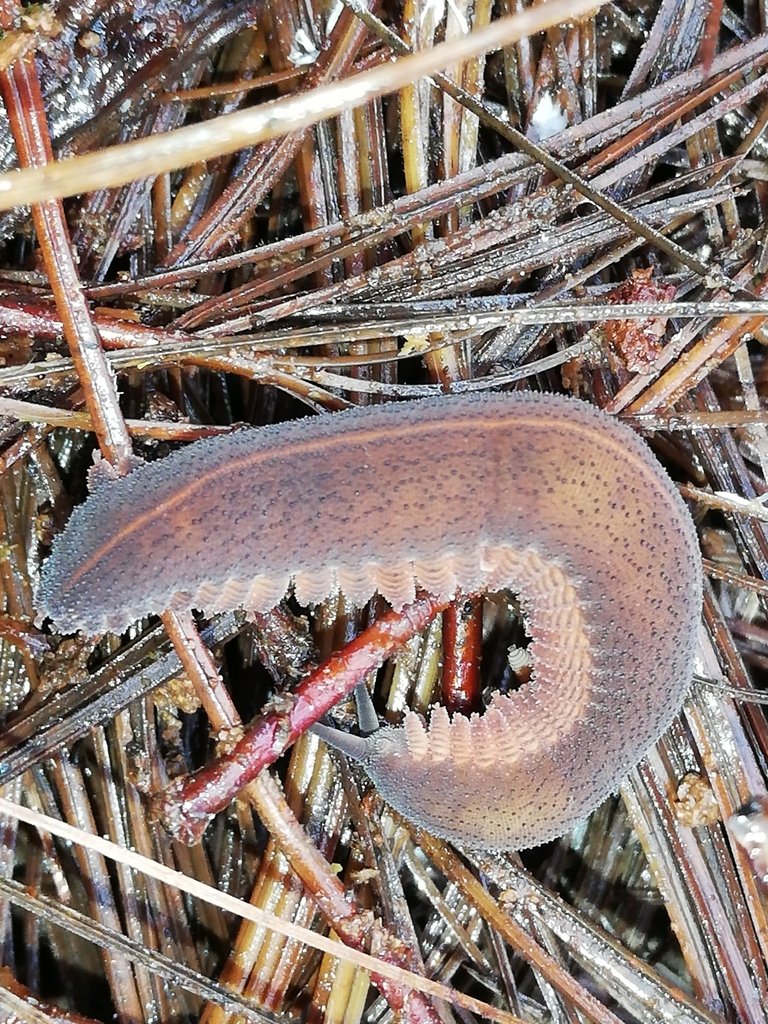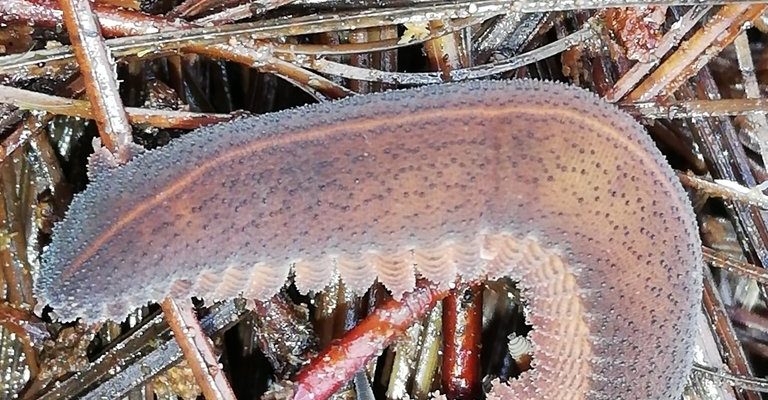
Now, before you head out with your field guide and magnifying glass, it’s a good idea to know the best practices for spotting and studying these creatures. Just like any adventure, preparation and awareness can lead to a more rewarding experience. Let’s dive into what you need to know to make the most of your velvet worm observations.
Understanding Velvet Worm Habitats
Velvet worms thrive in moist environments, mainly found in tropical and subtropical regions. These creatures prefer leaf litter and decomposing wood, where they can easily hide from predators and stay hydrated. You might wonder why they need such specific conditions. Well, their soft bodies are vulnerable to drying out, so a humid environment is crucial for their survival.
When you’re scouting for velvet worms, look for shaded areas in forests or under logs. These spots often have a thick layer of leaf litter—perfect for these little guys. Remember that velvet worms are nocturnal, so the best time to observe them is in the evening or early morning. Imagine creeping through a verdant forest, flashlight in hand, searching for these elusive animals that spend most of their lives out of sight.
Preparation: Tools and Techniques
To kick off your velvet worm expedition, having the right tools is essential. Here’s a quick list of things you might want to bring along:
- Flashlight: A good flashlight is your best friend for night observations.
- Field guide: A reliable field guide can help you identify different species.
- Notebook: Jot down your observations and any peculiar behavior you notice.
- Camera: Capture those awe-inspiring moments, but be sure to respect their space.
The right mindset is just as important as your toolkit. Approach the environment with curiosity and patience. Velvet worms might not make an appearance right away, so take your time. Enjoy the smells, sounds, and sights of the forest. Here’s the thing: sometimes, observing nature isn’t just about seeing the creatures; it’s about soaking in the whole experience.
Approaching Velvet Worms Responsibly
Once you’ve located a velvet worm, it’s crucial to observe them responsibly. Remember, these delicate creatures can be stressed easily. Avoid disturbing their habitat or handling them unless absolutely necessary. Instead of touching, try watching them interact with their environment. This is where you get to see their fascinating feeding habits, like how they capture prey with sticky slime!
If you must take a closer look, consider using a small container to gently scoop them up. Just make sure to return them to their original spot after your observation. Think of it like borrowing a book from a library: you return it to its shelf for someone else to discover. It’s all about being a considerate guest in their world.
Identifying Species and Behavior Patterns
When observing velvet worms, you might notice that not all of them look the same. There are about 200 known species, each with unique traits and behaviors. Some are brightly colored, while others blend seamlessly into their surroundings. Pay attention to these differences—they can tell you a lot about their adaptations and the environments they thrive in.
You might also observe interesting behaviors, like mating rituals or hunting techniques. For example, male velvet worms often engage in elaborate courtship displays to attract females. Watching this can feel like witnessing a tiny drama unfold right in front of you. Document your findings, as these details can contribute to broader knowledge about velvet worm ecology.
Adapting to Various Environments
Not all velvet worms live in the exact same conditions. For instance, some species prefer the humid, mossy environments of rainforests, while others thrive in drier, scrub-like areas. This means that being adaptable in your approach is crucial. If you’re venturing into different habitats, adjust your observation techniques accordingly.
Let’s say you’re exploring a coastal area—here, you might need to look under rocks or in salt marshes. Each location offers unique opportunities to learn. Take notes on how their appearance and behavior might change based on their environment. It’s like piecing together a puzzle where every observation adds to the bigger picture of their life cycle.
Documenting Your Findings
As you explore and observe velvet worms, keeping a detailed record of what you see can be incredibly helpful. Whether you’re a casual enthusiast or a budding researcher, your notes can provide valuable insights over time. Consider noting the date, time, location, and specific behaviors you observe. This meticulousness helps paint a clearer picture of velvet worm populations in various environments.
You may also want to sketch or take photos of what you see. This isn’t just for show; it’s a great way to enhance your understanding of their anatomy and behavior. Sharing your findings with other enthusiasts or researchers helps contribute to the ongoing study of these unique creatures. Remember, every observation counts!
Conservation Considerations
Finally, while observing velvet worms can be immensely rewarding, it’s crucial to think about conservation. Many species face threats from habitat destruction and climate change. The more we learn about these creatures, the better equipped we are to protect them. If you notice any signs of decline in their populations, consider reporting your findings to local conservation groups.
Engaging in conservation helps ensure that future generations can enjoy observing these incredible animals. You might feel inspired to advocate for the protection of their habitats or participate in local research initiatives. Every little bit helps, and being mindful of your impact on the environment is a step in the right direction.
In conclusion, observing velvet worms in the field can open your eyes to a mesmerizing world of unique creatures. By understanding their habitats, preparing responsibly, documenting your findings, and advocating for their conservation, you not only enrich your experience but also contribute to the well-being of these remarkable animals. So grab your flashlight, head into the woods, and let the adventure begin!

